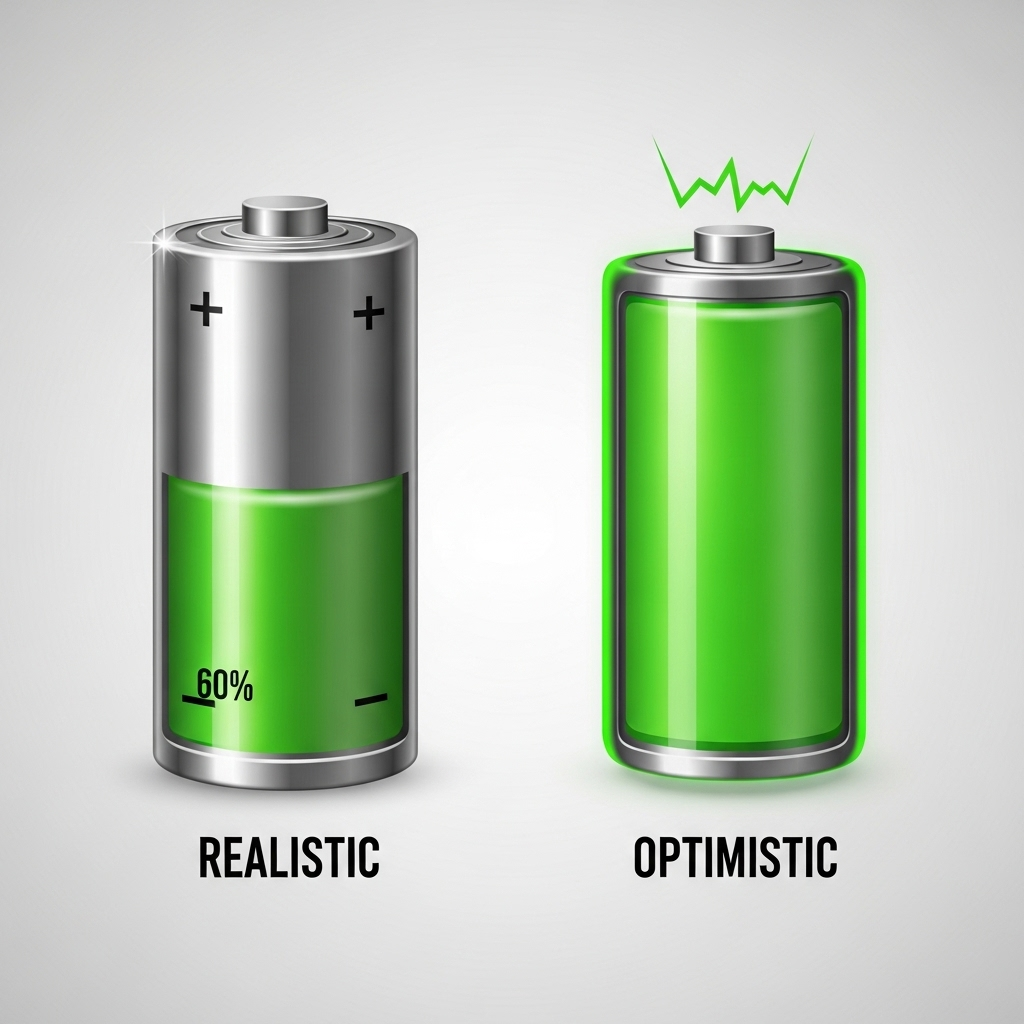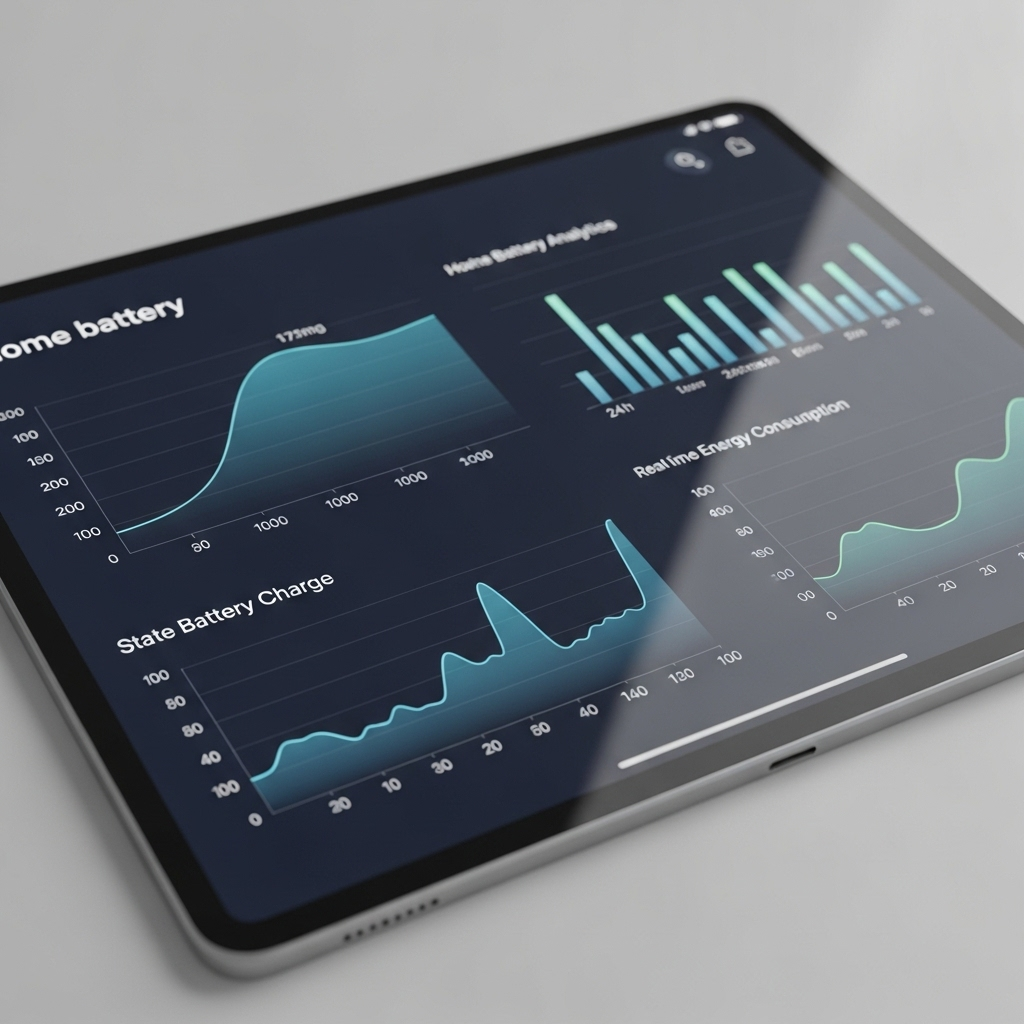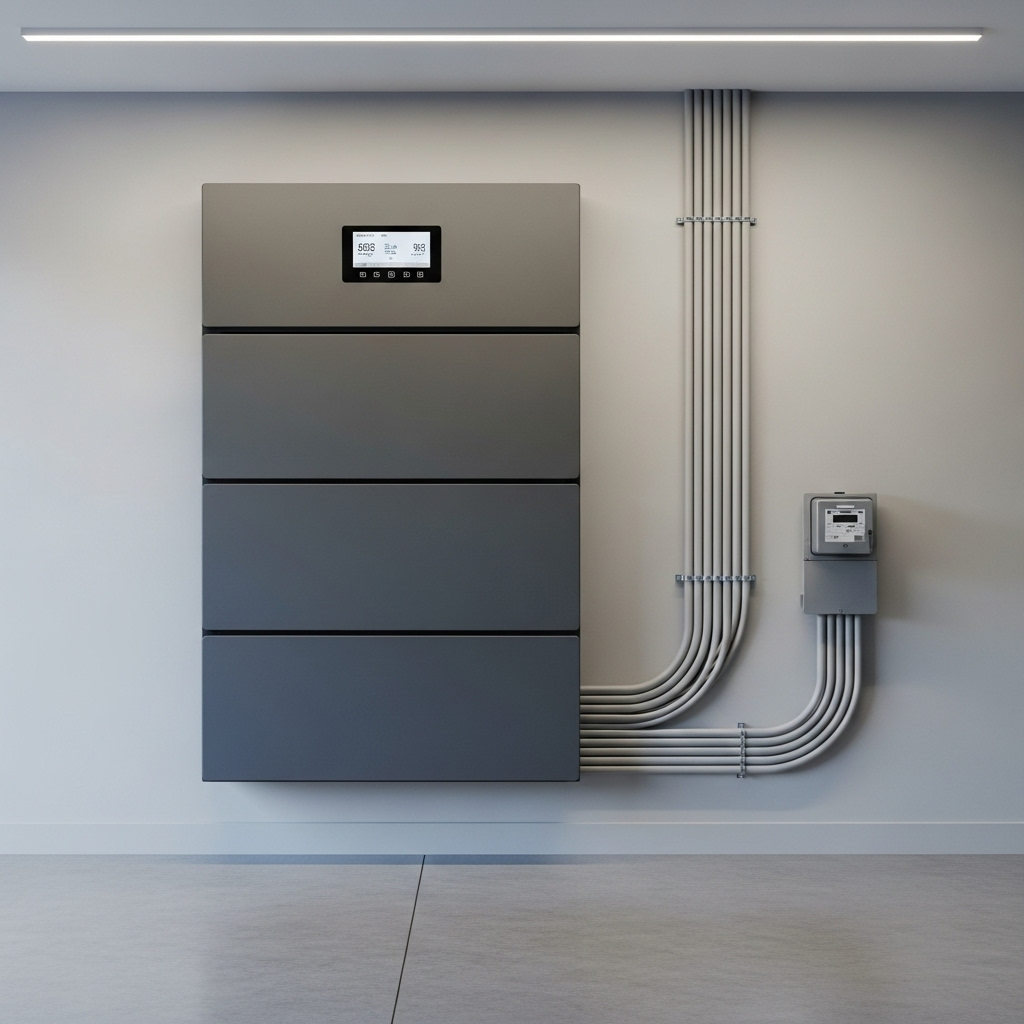A home battery system is a significant step toward energy independence. To protect this investment, it’s important to understand the factors that influence its longevity. Two of the most critical, yet often overlooked, metrics are Depth of Discharge (DoD) and C-Rate. By managing how deeply you use your battery and how quickly you charge or discharge it, you can significantly extend its operational life and maximize its value.
Understanding Depth of Discharge (DoD)
Depth of Discharge is a straightforward concept: it’s the percentage of your battery’s total capacity that you use before it recharges. Think of it like the fuel gauge in a car. A 100% DoD means you’ve used all the stored energy, while a 50% DoD means you’ve only used half.
The DoD vs. Cycle Life Relationship
For Lithium Iron Phosphate (LiFePO4) batteries, the most common type in home energy storage, there is a direct relationship between DoD and the total number of charge/discharge cycles it can endure. Deeper discharges put more stress on the battery’s internal components, which reduces its total cycle life. A battery that is regularly discharged to a lower DoD will last for significantly more cycles than one that is consistently drained completely. For example, a battery rated for 3,000 cycles at 100% DoD might achieve over 6,000 cycles if it's only discharged to 80% DoD.
| Depth of Discharge (DoD) | Estimated Cycle Life |
|---|---|
| 100% | ~3,000 Cycles |
| 80% | ~6,000 Cycles |
| 50% | ~8,000+ Cycles |
Note: These are typical estimates for LiFePO4 batteries; actual performance can vary by manufacturer.
Rule 1: Avoid Regular Deep Discharges
While LiFePO4 batteries are robust, consistently draining them to 0% (a 100% DoD) will accelerate degradation. Most modern battery management systems (BMS) allow you to set a minimum State of Charge (SoC), which is the inverse of DoD. Setting a minimum SoC of 20% (equivalent to an 80% DoD) prevents the battery from being fully depleted during daily use.
Rule 2: Find the 'Sweet Spot' with a Moderate DoD
For an optimal balance between usable energy and battery longevity, aim for a daily DoD in the 50-80% range. This approach provides ample energy for evening use while minimizing stress on the battery cells, helping to preserve its capacity for years to come. For solar storage systems, a DoD of 50-70% is often considered a sweet spot.
Mastering the C-Rate for Longevity
The C-Rate describes how quickly a battery is charged or discharged relative to its maximum capacity. A 1C rate on a 10 kWh battery means it's discharging at 10 kW. A 0.5C rate means it's discharging at 5 kW. Lower C-rates are gentler on the battery.
How C-Rate Impacts Battery Health
High C-rates generate more internal heat and put mechanical stress on the battery’s components. This heat is a primary driver of battery degradation. Studies have shown that charging LiFePO4 batteries at a rate of 0.5C or lower can dramatically extend their lifespan compared to charging at a 1C rate or higher. Slower, more controlled charging and discharging cycles are key to long-term health.
Rule 3: Prioritize Lower C-Rates for Charging
Whenever possible, opt for slower charging. For home systems, this often means letting your solar panels charge the battery gradually throughout the day. This low C-rate charging is far less stressful than rapid charging from the grid. A recommended charge rate is often around 0.2C to 0.25C.
Rule 4: Manage High-Demand Electrical Loads
Avoid running multiple high-power appliances simultaneously from your battery. Staggering the use of devices like electric vehicle chargers, ovens, and air conditioners prevents sudden, high-rate discharges. This reduces peak loads on the battery, keeping the C-rate low and minimizing heat generation.
Rule 5: Size Your Battery System Correctly
An undersized battery must work harder to meet your home's energy demands, resulting in consistently high C-rates. A properly sized system can handle peak loads at a lower C-rate, reducing stress and extending its life. As noted in the Ultimate Reference for Solar Storage Performance, matching battery capacity to your consumption patterns is fundamental for system efficiency and longevity.
Advanced Strategies for Maximizing Lifespan
Beyond DoD and C-Rate, other factors play a crucial role in your battery’s health.
Rule 6: Maintain Optimal Operating Temperatures
LiFePO4 batteries are sensitive to extreme temperatures. High heat accelerates chemical degradation, while extreme cold can reduce efficiency and capacity. The optimal operating temperature is typically between 0°C and 45°C (32°F and 113°F). Ensure your battery is installed in a location with good ventilation and shielded from direct sunlight to maintain a stable temperature.
Rule 7: Perform Occasional Calibration Cycles
While deep discharges should be avoided daily, a periodic, controlled full charge followed by a discharge to the low-voltage cutoff can help calibrate the Battery Management System (BMS). This allows the BMS to provide a more accurate reading of the battery's State of Charge. Always follow the manufacturer’s specific recommendations for calibration, as it is a maintenance task, not a regular operational practice.
Rule 8: Implement Smart Charging Schedules
Leverage your system's smart features. As research from the International Renewable Energy Agency (IRENA) on smart charging suggests, intelligent energy management can optimize battery use. Prioritize using solar power directly during the day, storing only the excess. Use the stored battery power during evening peak hours. This not only saves money but also promotes healthier, more predictable cycling patterns.
Rule 9: Regularly Review Your System’s Performance
Use your system’s monitoring software to keep an eye on your daily DoD and peak C-rates. Understanding your own usage patterns allows you to make small adjustments that can have a large impact over time. Check for software updates from the manufacturer, as these can include improved algorithms for battery management.
Small Habits, Big Impact
Your home battery is designed for years of reliable service, and a few mindful habits can ensure you get the most out of it. By respecting the principles of Depth of Discharge and C-Rate, managing its operating environment, and using smart technology, you protect your investment. These nine rules empower you to actively manage your battery’s health, ensuring it remains a cornerstone of your energy independence for its full expected lifespan and beyond.
Frequently Asked Questions
What is the ideal DoD for a LiFePO4 home battery?
For daily use, an ideal Depth of Discharge is between 50% and 80%. This provides a good balance between accessing a useful amount of stored energy and minimizing stress on the battery cells to prolong its cycle life.
Is it bad to fully charge my home battery to 100%?
Charging to 100% is not as damaging as fully discharging to 0%. However, keeping a LiFePO4 battery at a 100% state of charge for extended periods can accelerate calendar aging. Many systems recommend setting a daily charge limit of 90-95% to reduce this stress.
How does C-rate differ from charging speed in kW?
Charging speed in kW is an absolute measure of power, while the C-rate is relative to the battery's capacity. For example, a 5 kW charge rate is a high 1C rate for a 5 kWh battery but a gentle 0.25C rate for a 20 kWh battery. The C-rate is a more accurate indicator of the stress placed on the battery.





Leave a comment
All comments are moderated before being published.
This site is protected by hCaptcha and the hCaptcha Privacy Policy and Terms of Service apply.